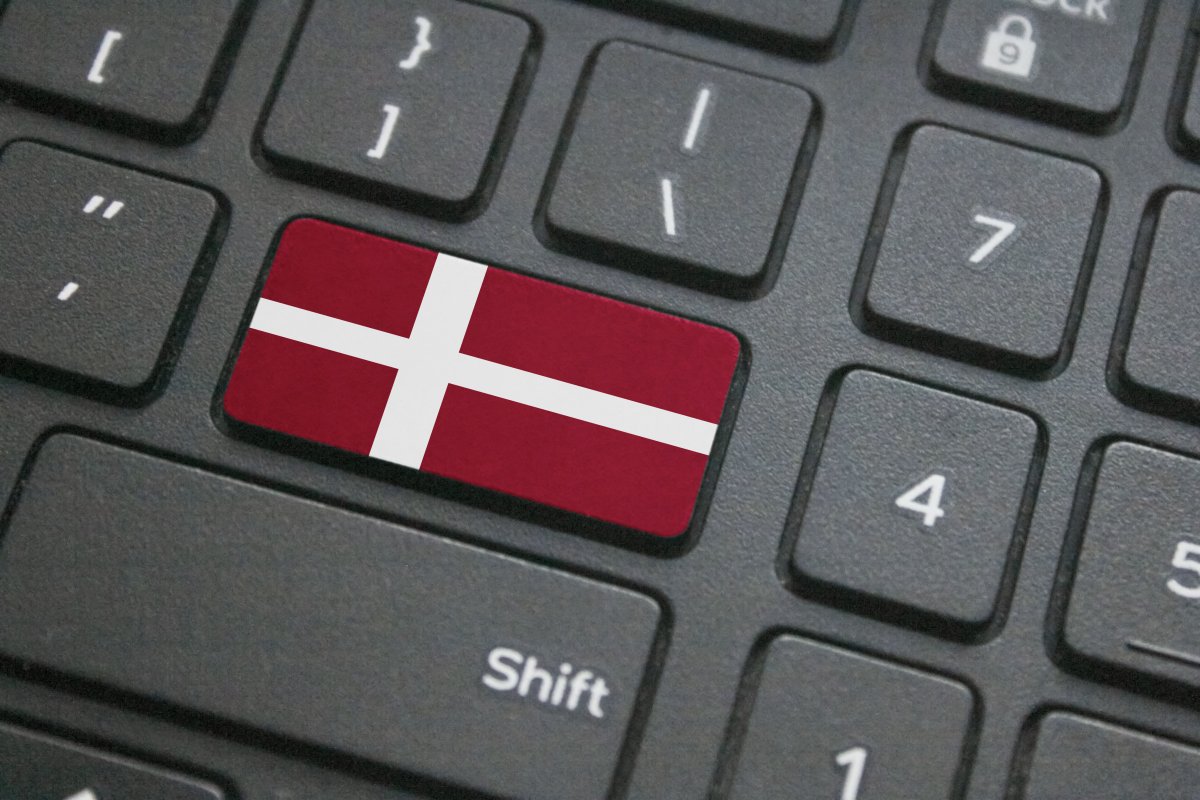On July 7, Gemini AI will access your WhatsApp and more. Learn how to disable it on Android.
-
This post did not contain any content.
-
This post did not contain any content.
They'd have to install it first.
-
This post did not contain any content.
Oh hell nah
-
This post did not contain any content.
Good thing I don't have that shit on my phone (at least until Google forces it)
-
This post did not contain any content.
If the Gemini app is not installed, it can't do this right
-
If the Gemini app is not installed, it can't do this right
Exactly. It is an odd advice - disable something you had to install first just to disable?
-
If the Gemini app is not installed, it can't do this right
This is my assumption too. It's disabled for me. I have no plans to change that.
-
Exactly. It is an odd advice - disable something you had to install first just to disable?
It installed itself as part of an update package.
-
This post did not contain any content.
What I hate most about this is the lack of control over this it implies. Sure, maybe you don’t install this on your device, but all that’s needed for Google to access your messages now is for someone you message to have it installed and enabled, then anything you send to them will be gobbled up by Google.
-
This post did not contain any content.
Don't go and manually install it.
The misinformation about this has been wild.
-
It installed itself as part of an update package.
I was fully expecting that, but since enshittification recently intensified (Android 15's bluetooth settings are a giant step back in usability), neither google play nor system in general nor anything from motorola has internet access on my phone, I send everything through RethinkVPN (from f-droid) and block all internet access except for apps that I explicitly allow. I'm just not updating anything except periodically Signal, IronFox and PipePipe.
-
If the Gemini app is not installed, it can't do this right
Gemini was automatically installed for me, and the app connections were all enabled, like the article describes. Better check and be safe than to be sorry
-
It installed itself as part of an update package.
Update of what? Android or something else?
-
This post did not contain any content.
Hopefully unintalling and disabling is actually doing something. I feel like they are just tricking us and you can't really disable it.
-
This post did not contain any content.
If I have the app disabled it probably can't do anything right?
-
If I have the app disabled it probably can't do anything right?
Which app ?
-
Which app ?
The Gemini app. I can't uninstall it from my phone but I have it disabled. Not sure if Google's other account access and apps on my phone are going to still feed into Gemini.
-
The Gemini app. I can't uninstall it from my phone but I have it disabled. Not sure if Google's other account access and apps on my phone are going to still feed into Gemini.
Google app and the play services still present on your device, which means it feeds data into gemini in a direct or indirect way. If you need privacy from gemini then you must degoogle. Convenience and privacy won't fit in one basket.
Why don't try lineage os without microg which is way better for privacy and security!
-
Update of what? Android or something else?
Yes. It was bundled as part of either a system or security update.
-
This post did not contain any content.
Is this a US only thing? I have no email and no Gemini app (although there are settings in system)





